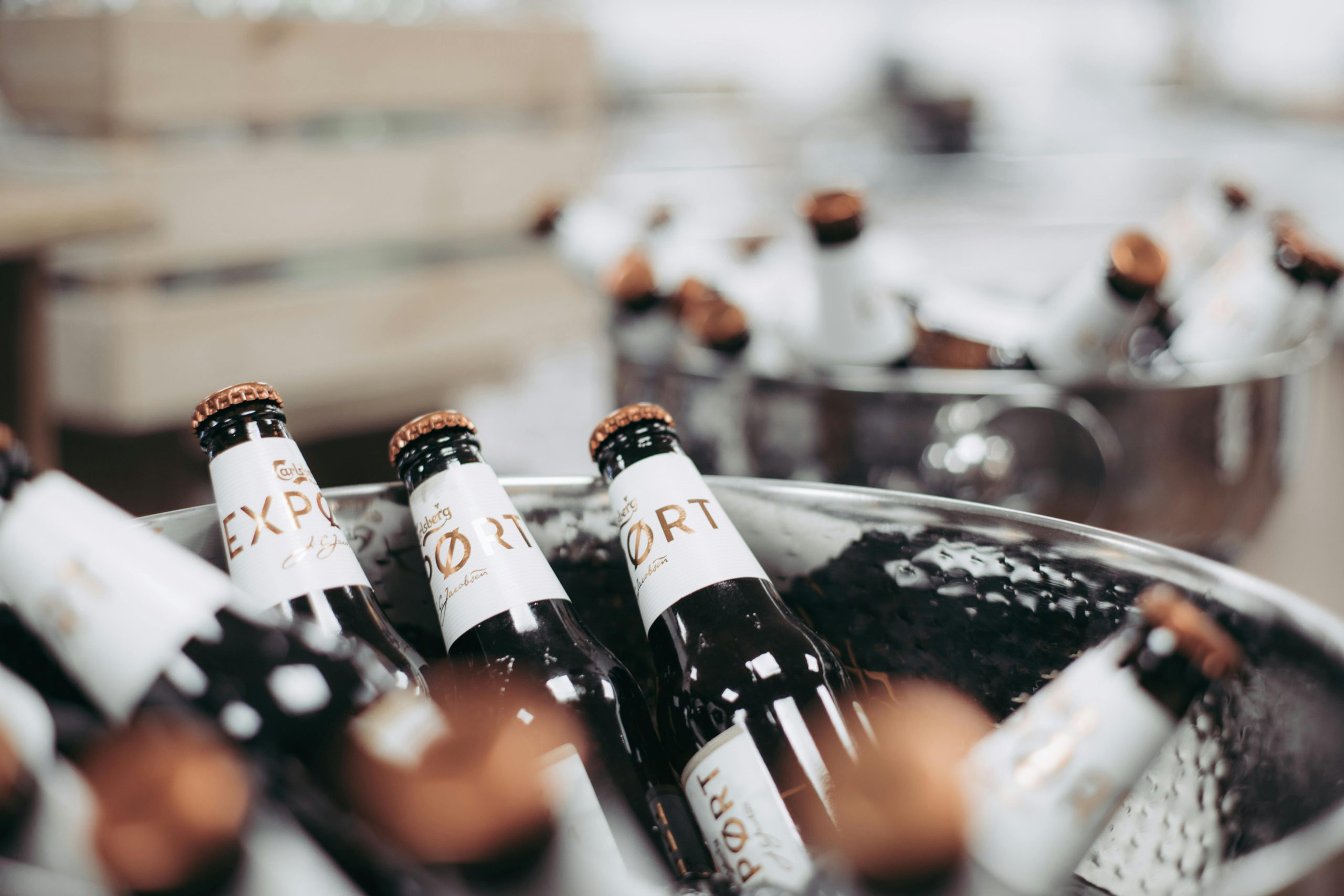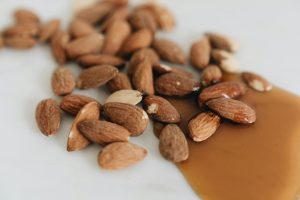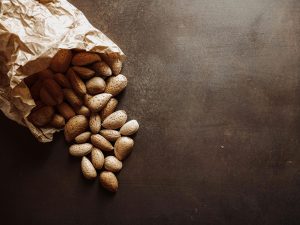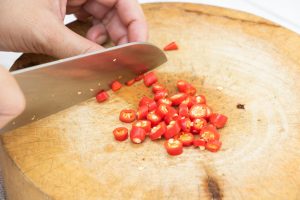Recycled Bread Ale: Brewing Beer from Stale Leftovers
Do you love beer? Do you also care about reducing food waste? What if we told you that you can enjoy a cold, refreshing beer while also helping the environment? Enter Recycled Bread Ale, a new beer trend that is catching on among eco-conscious beer lovers. This innovative beer is brewed using stale bread leftovers, providing a solution for reducing food waste in the brewing industry. But how exactly is this recycled bread ale made and why is it gaining so much popularity? Let’s dive in and find out.
The Rise of Recycled Bread Ale
In recent years, there has been a growing concern about food waste around the world. According to the United Nations Food and Agriculture Organization, one-third of the food produced in the world goes to waste, which amounts to approximately 1.3 billion tons per year. In the beer industry, grains such as barley, wheat, and rye are the main ingredients in brewing, and the leftovers are often discarded. This led to the rise of recycled bread ale, a sustainable and environmentally-friendly solution to utilizing food waste.
The Brewing Process
Collecting the Bread Leftovers
The first step in brewing recycled bread ale is collecting the bread leftovers. This can be done in collaboration with local bakeries, supermarkets, and restaurants, who often have a surplus of unsold bread that would otherwise go to waste.
The Sponge Process
Once the bread leftovers are collected, they are broken down into small pieces and mixed with hot water to create a “sponge”. This sponge is then allowed to ferment for a few hours before being combined with the other beer ingredients, such as hops and yeast.
Brewing the Beer
The fermented sponge is then added to the other ingredients and the brewing process continues as usual. However, in the case of recycled bread ale, the grains are replaced with the bread leftovers. This results in a unique and distinct flavor profile, making recycled bread ale stand out among other types of beer.
The Benefits of Recycled Bread Ale
Aside from reducing food waste, recycled bread ale has several other benefits that make it a popular choice among beer lovers.
Environmental Impact
By using bread leftovers in the brewing process, recycled bread ale reduces the carbon footprint and conserves resources. This is because the production of bread uses a significant amount of energy, water, and land. By repurposing the leftovers, we can minimize the environmental impact caused by the bread industry.
Unique Flavor
Recycled bread ale has a unique flavor that sets it apart from other traditional beers. The bread adds a nutty and slightly sweet taste to the ale, making it an interesting choice for beer enthusiasts. Additionally, the type of bread used can vary, resulting in different flavor profiles for each batch of recycled bread ale.
Social Impact
Partnering with local bakeries and restaurants not only benefits the environment but also creates a positive impact on the local community. By reducing food waste, we can help feed those in need and support businesses that are taking responsibility for their waste disposal.
The Future of Brewing
The popularity of recycled bread ale has led to other breweries and companies experimenting with using food waste in different beverages, such as coffee and tea. This not only reduces food waste but also presents endless possibilities for new and unique flavors. It’s safe to say that the future of brewing lies in sustainability and finding innovative ways to reduce our impact on the environment.
Conclusion
Recycled bread ale is not just a trend, but a sustainable solution to reducing food waste in the brewing industry. By using bread leftovers, we can create a delicious, unique, and socially-responsible beer that benefits both the environment and the community. So, next time you crack open a cold one, raise a glass to recycled bread ale and the efforts being made towards a more sustainable future.











